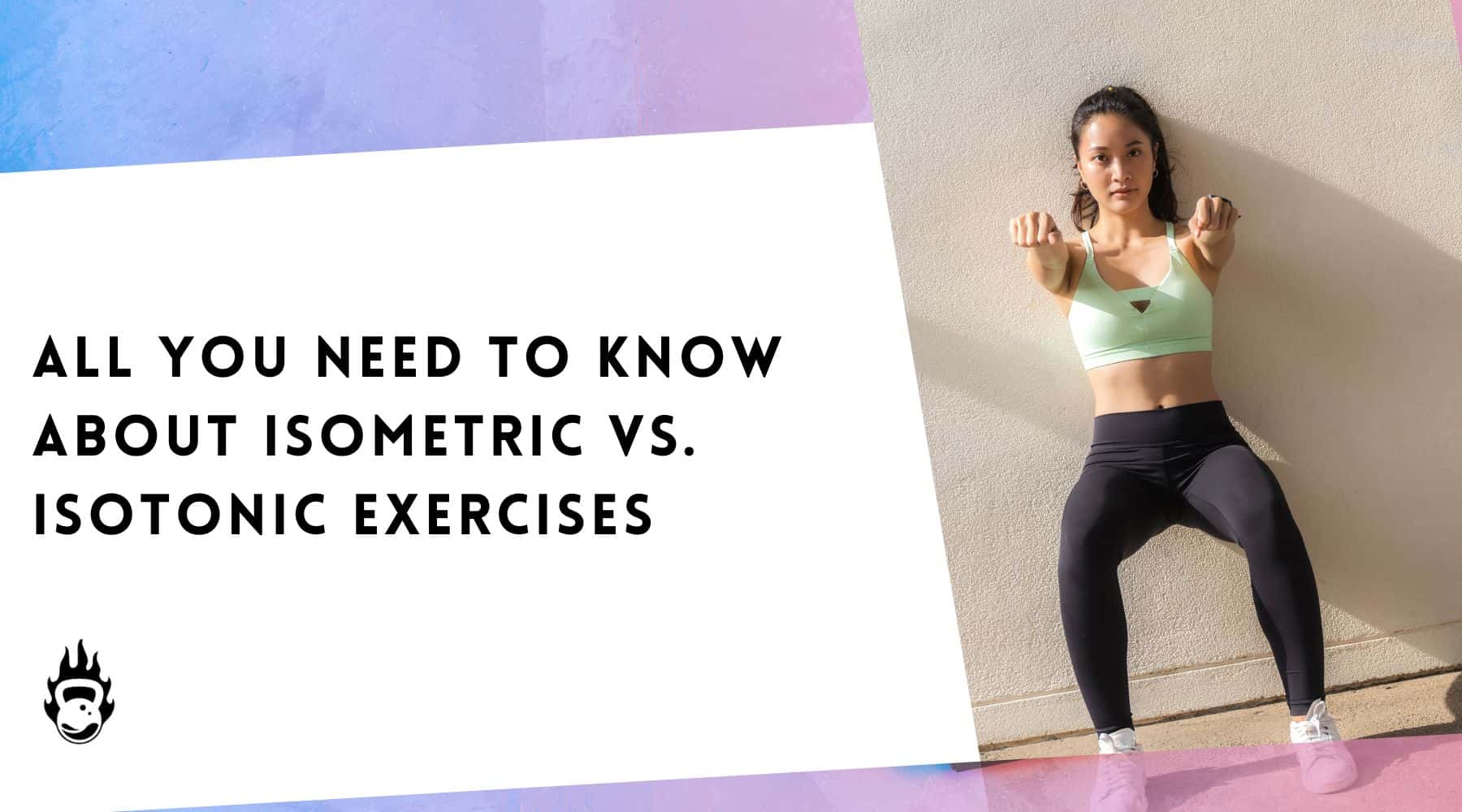Treat your IT Band with Resistance Bands

To feel the wind in your hair, accompanied by the rhythmic soundtrack of pounding feet is no doubt one of life’s greatest pleasures, also known as the runner’s high. All too often these highs are accompanied by the lows that come with injury.
Almost every runner is bound to face some down time due to injury, in all their years of running, with upto 80% of all running injuries due to overuse or repeated stress, and most running injuries occurring around the knees and feet.
In recent times, with running gaining popularity, a casual reference of the IT band is enough to identify all the runners in your vicinity.. The IT band syndrome is the leading cause of lateral knee pain in runners (1), and accounts for up to 22% of all lower leg injuries (2).
What is the IT Band

The Iliotibial band or IT band is a thick band of connective tissue that extends from the pelvic bone to the shin bone, along the side of your leg. Often due to overuse or biomechanical strain it can become inflamed in runners and other athletes, leading to a condition known as the iliotibial band syndrome, which results in pain on the side of the knee or on the side of the hip. Out on a run, when you gradually feel pain on the side of your knee, usually at around the same distance? You most likely suffer from IT band syndrome.
Probable causes of IT band syndrome in runners
- IT band tightness
- Weakness in hip, gluteal or core muscles
- Frequent running on an inclined surface
- Too much sitting
- Weak muscles around the knees
- Flat feel
- Difference in leg length, or incorrect running footwear

It is not all bad news however, as with regular stretching and some muscle strengthening, you can be out the door, enjoying a run sooner than you think. Strengthening exercises usually target the Gluteus Medius and the muscles around the knee.
Resistance Band Exercises

Muscle strengthening with resistance bands
Resistance bands offer a great way to strengthen muscles that can be otherwise hard to reach. Here are a few strengthening exercises that will help restore muscle strength, correcting the imbalance that often causes IT band syndrome.
You can choose to use hip bands or mini bands for these exercises
Seated hip abduction
While seated on a chair, in an upright position, with your feet on the floor,, place the hip bands around your thighs, about an inch above your knees. Engage your core, and push your knees outward, in opposing directions. You should be able to feel the stretch on the side of your hips. Bring back to the starting position, and repeat 10 times per set, for upto 3 sets.
Standing side leg raises
Place the band around your ankles. Stand with your feet shoulder width apart. While holding onto support, lift your right leg to the right, as far as you can. Hold for a second, then return, Repeat with the left leg, by moving it to the left. Ensure your knee isn’t bent during this exercise. Repeat 3 sets of 10 repetitions each for either leg.
Clamshells
While lying down, place the band around your thighs, about an inch above the knee. Roll onto your side, propped up on your elbow, with your knees bent at 90 degrees and one leg on top of the other. With your core engaged and your feet pressed together, gently lift the top knee towards the ceiling, as far as possible without losing form. Hold the stretch for a second before gently dropping back to the starting position. This forms one repetition. Perform 2 sets of 10 repetitions for each leg.
Runner’s extensions
Lying on your back with your hips and knees at 90 degree angles and your shin parallel to the floor, loop the mini bands across your feet. Keep your hip width apart to avoid slackening. While engaging your core, extend one foot out by activating your glutes to straighten your knee. Keep the foot slightly arched to prevent the band from slipping off. Hold for a second before returning to the starting position and doing the same with the other leg. Repeat 30 times.
By including regular resistance training to your post run workout, you can recover faster and stay injury free, to enjoy the most that running has to offer.
References:
- Noehren, B., et al. 2014. Assessment of Strength, Flexibility, and Running Mechanics in Men With Iliotibial Band Syndrome. JOSPT 44(1).
- Linenger JMCC. Is iliotibial band syndrome overlooked? Phys sports med. 1992;20:98 108.(2)






Leave a comment